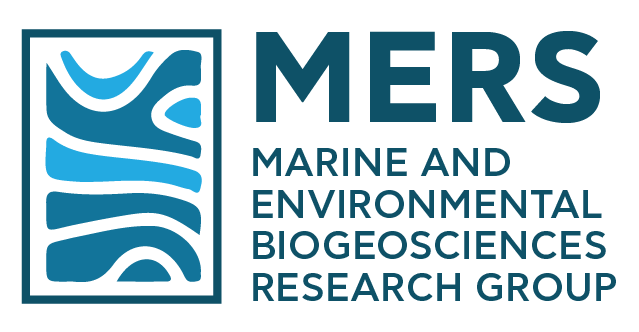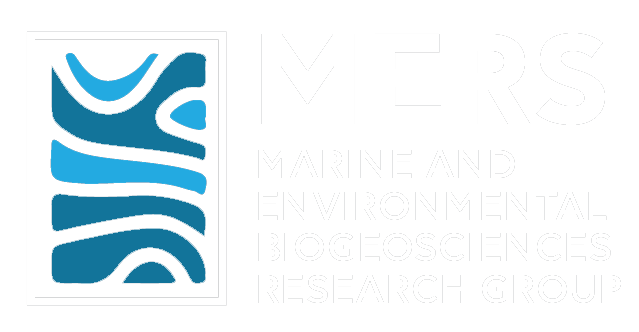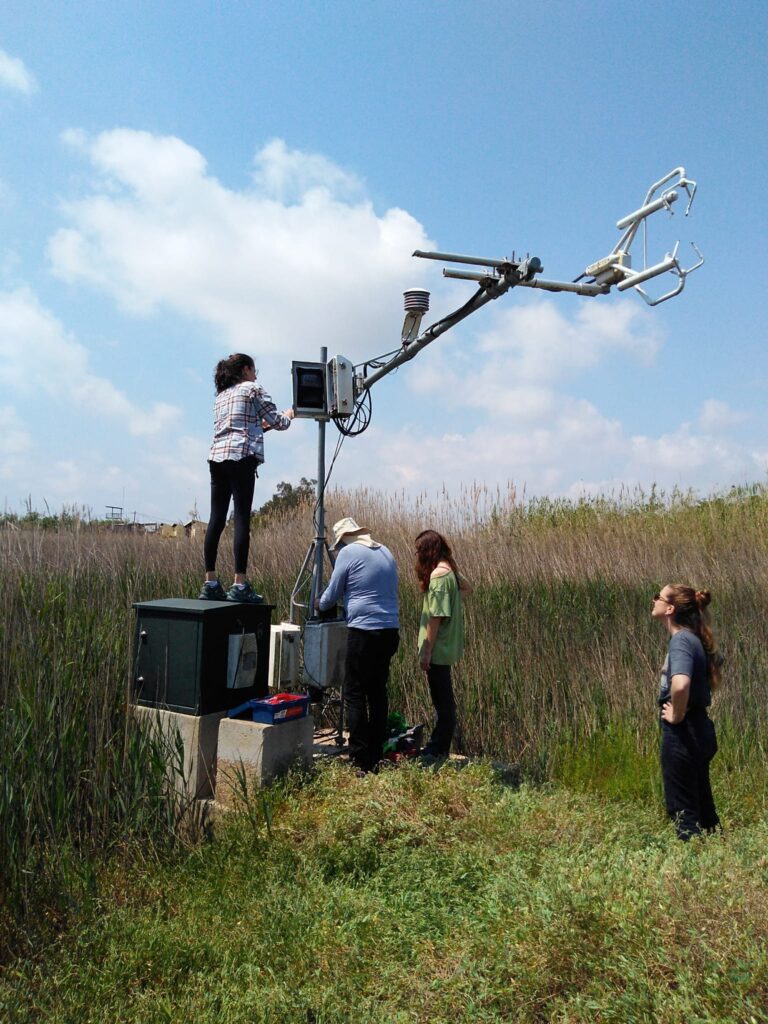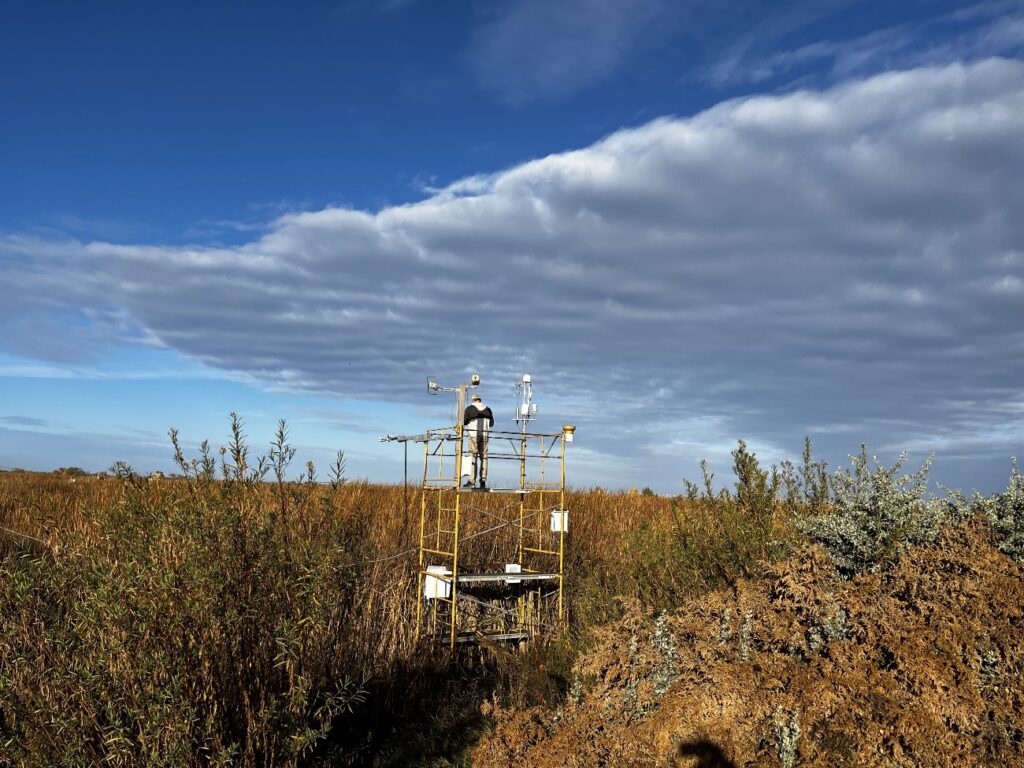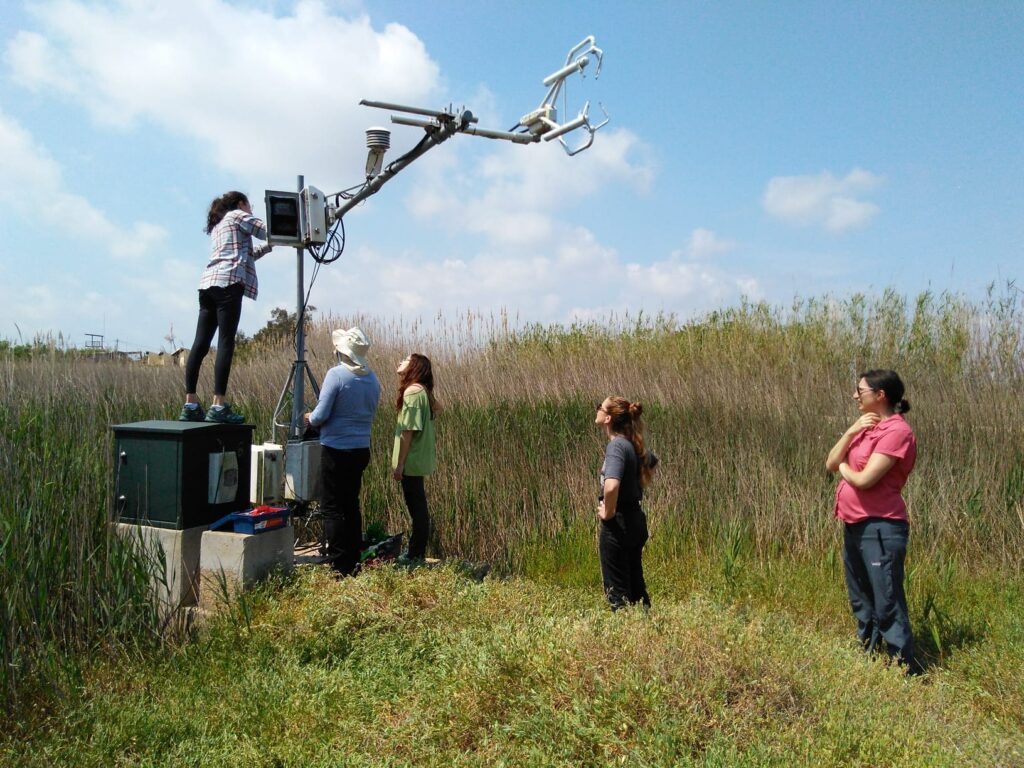Earth’s climate system by exchanging energy and greenhouse gases with the atmosphere, storing large soil C pools, and sequestering C through processes like continuous vertical accretion, allochthonous sediment deposition, and biomass accumulation. The waterlogged soils of wetlands promote low rates of organic matter decomposition, leading to the preservation of significant amounts of soil organic C for centuries to millennia, thus aiding in the long-term removal of carbon dioxide from the atmosphere.
Recognizing the importance of wetlands, researchers and governments have emphasized the prevention of wetland loss and the restoration of wetland ecosystems to limit future emissions and meet climate goals. Additionally, rice paddies, as agricultural wetlands, offer potential for climate mitigation through improved rice cultivation management practices that reduce GHG emissions and increase carbon sequestration. However, widespread implementation of climate adaptation, mitigation, and agriculture policies has been lacking, with few incentives available for restoring carbon sinks and mitigating greenhouse gas emissions from agriculture. Challenges to implementing carbon sequestration and emissions reduction strategies include the need for robust monitoring, reporting, and verification, ensuring the permanence and additionality of stored carbon. Moreover, the impact of rising temperatures on wetland GHG exchange remains uncertain in a changing environment.
